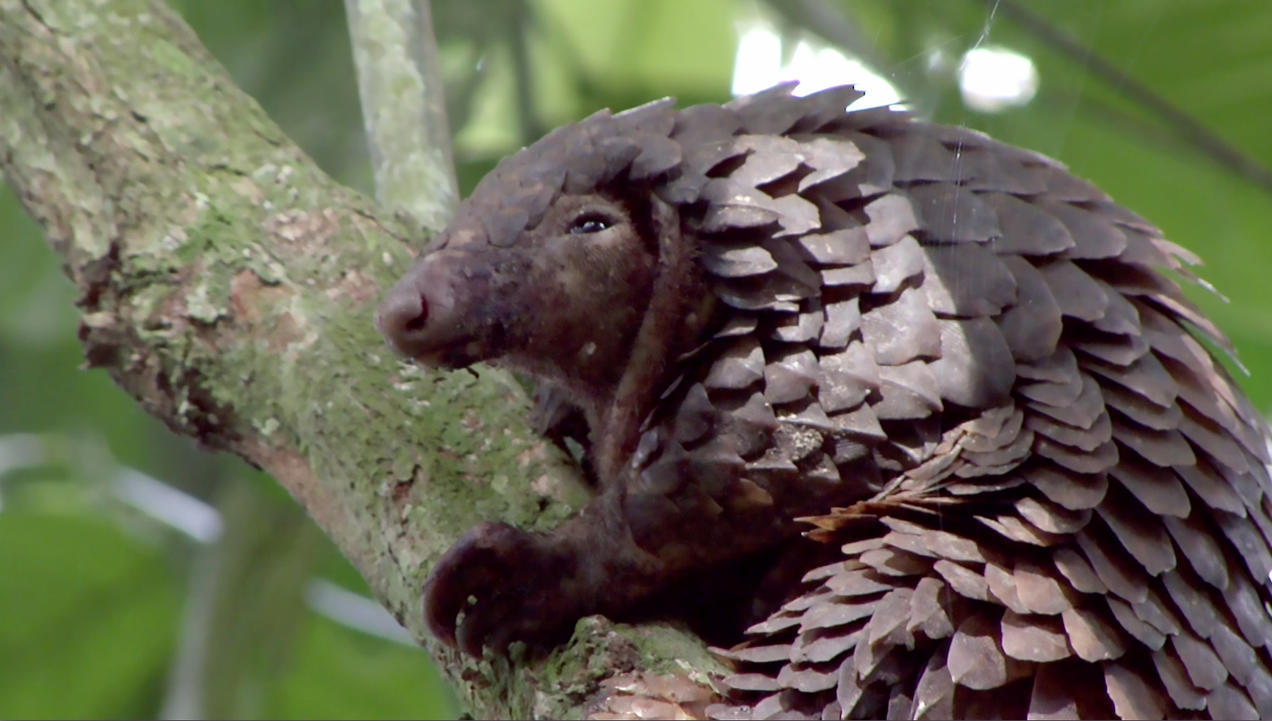Stick Insect - The Strangest Animal In The World
The stick insect (Video: LeoKim video)
Walkingstick, (order Phasmida, or Phasmatodea), also called stick insect, any of about 3,000 species of slow-moving insects that are green or brown in color and bear a resemblance to twigs as a protective device. Some species also have sharp spines, an offensive odor, or the ability to force their blood, which contains toxic, distasteful chemicals, through special joints in the exoskeleton. In many species the eggs closely resemble seeds.
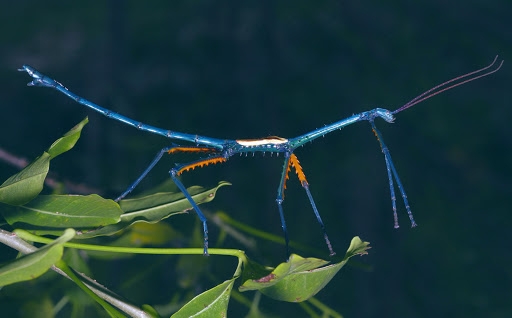 |
| Photo: sci-news.com |
Stick Insect: Size
Stick insect species, often called walking sticks, range in size from the tiny, half-inch-long Timema cristinae of North America, to the formidable 13-inch-long Phobaeticus kirbyi of Borneo. This giant measures over 21 inches with its legs outstretched, making it one of the world’s longest insects. Females are normally larger than males.
Stick Insect: Habitat
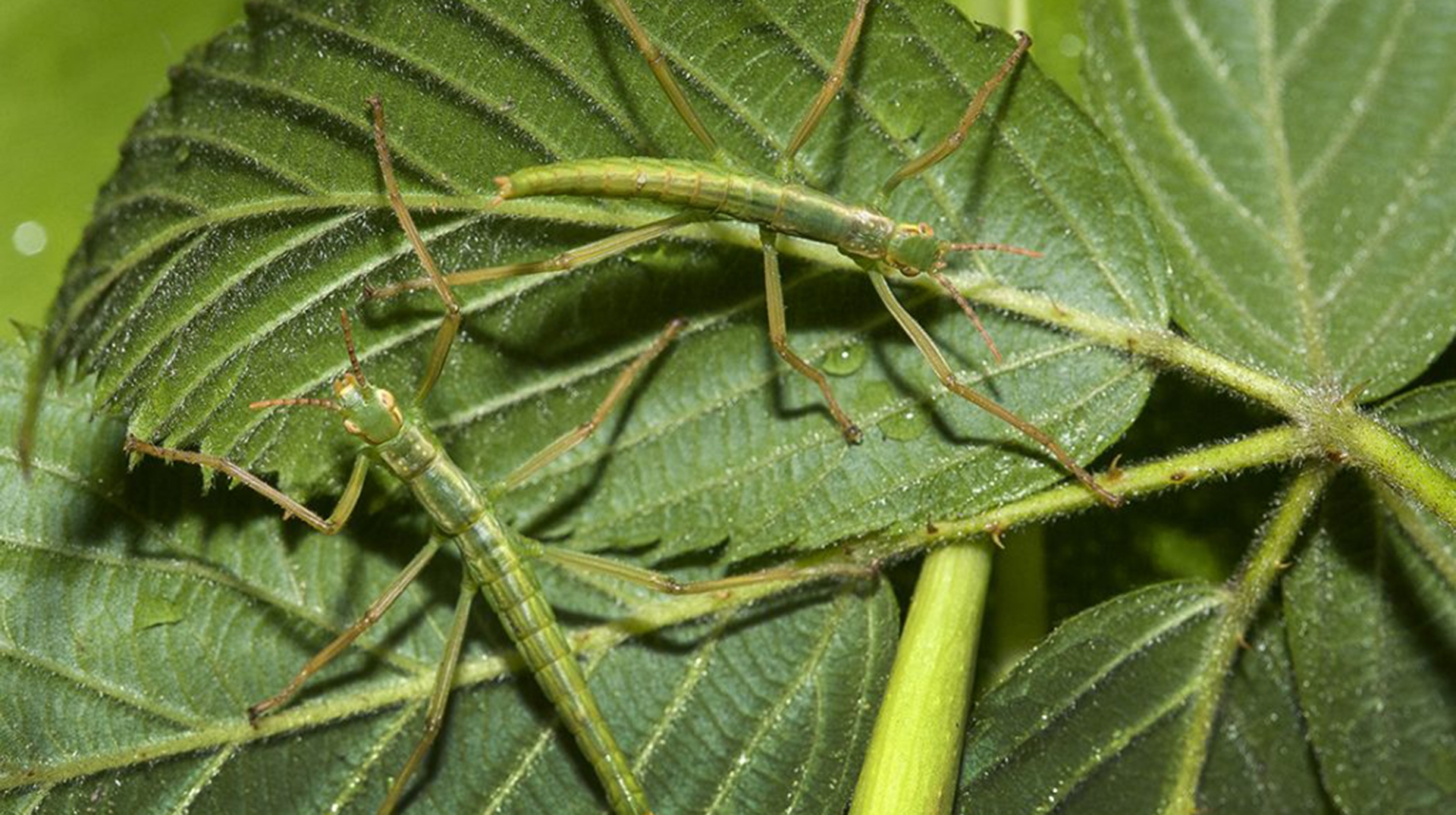 |
| Photo: nimals.sandiegozoo.org |
Found predominantly in the tropics and subtropics—although several species live in temperate regions—stick insects thrive in forests and grasslands, where they feed on leaves. Mainly nocturnal creatures, they spend much of their day motionless, hidden under plants.
You might think that stick insects hide among sticks on the ground, hoping to blend in, but most stick insect species are usually found sitting right out in the open within the leaves of a tropical tree. They usually stay perfectly still, but when they need to move, they are even able to camouflage their motion. It is common to see them walk in a swaying motion, pretending to be a twig caught by the wind. Other stick insect species have lichen-like outgrowths on their bodies that help camouflage them on tree bark.
Stick Insect: Diet
Stick insects are herbivores that munch on leaves with their powerful jaws, called mandibles. Their droppings contain broken-down plant material that becomes food for other insects. Indian stick insects prefer oak, rose, and hawthorn leaves. Bramble (blackberry) is a favorite among other types of stick insects. Other options include privet and ivy.
Stick Insect: Characteristics
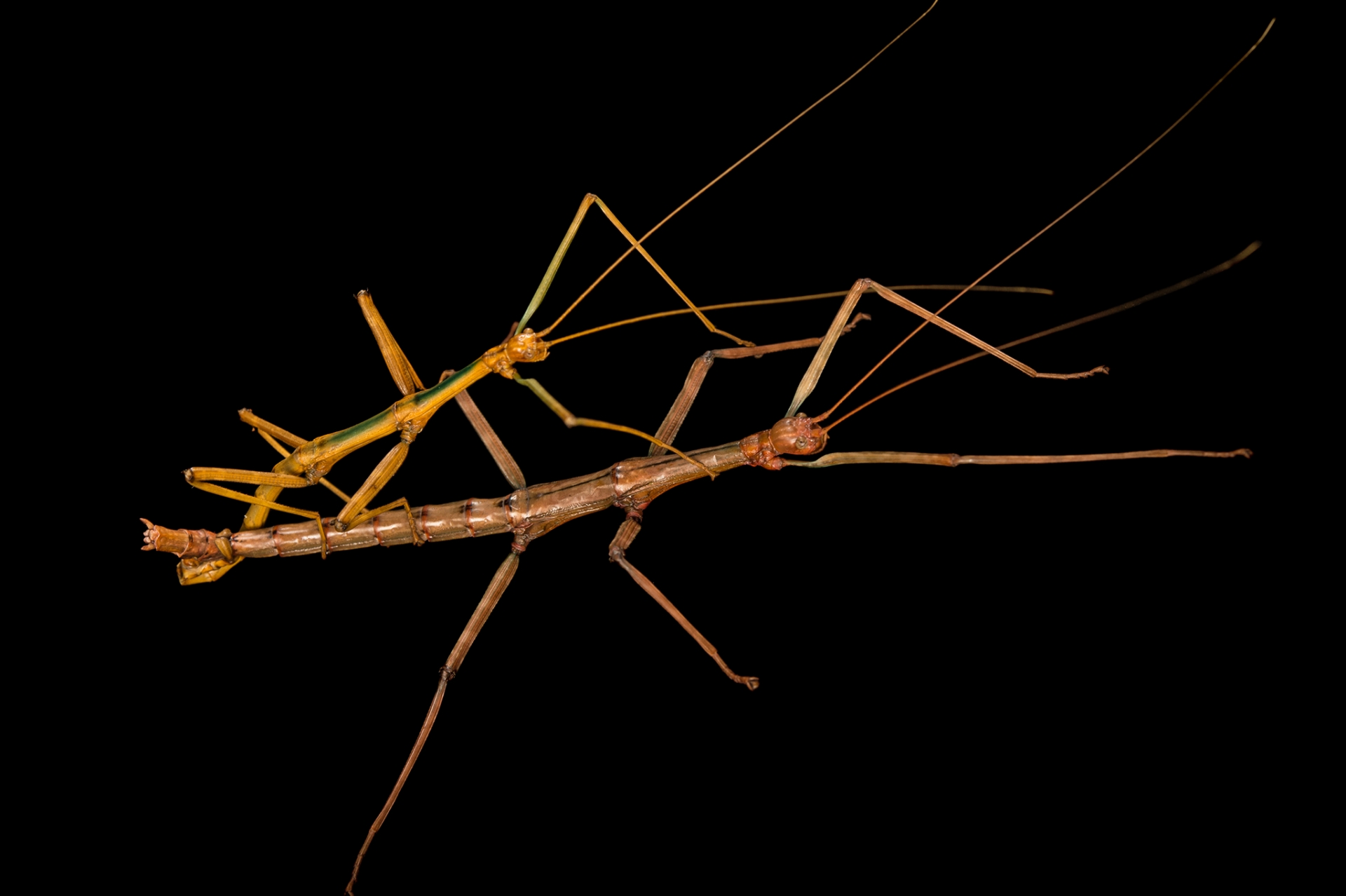 |
| Photo: nationalgeographic.com |
Phasmids generally mimic their surroundings in color, normally green or brown, although some species are brilliantly colored and others conspicuously striped. Many stick insects have wings, some spectacularly beautiful, while others resemble little more than a stump. A number of species have spines and tubercles on their bodies.
Who needs males?
One of the most interesting things about stick insects is their ability to reproduce parthenogenetically. This is a form of asexual reproduction where the unfertilized females produce eggs that hatch into females. If a male fertilizes the egg, it has a fifty-fifty chance of turning out male. If no males are around, the line continues with females only.Female stick insects use two main methods of laying eggs: dropping them on the ground or placing them in a hard-to-reach place. Some stick insect species drop one egg per day during their daily travels. These eggs are commonly small and resemble seeds. By dispersing her eggs far and wide, the female prevents a predator from lunching on a cluster of her eggs.
No matter how their egg is laid, stick insect hatchlings, called nymphs, hatch from the egg as miniature versions of adults. They then go through successive molts to eventually reach adult size. This process is called incomplete metamorphosis: egg, nymph, and adult. Molting happens when the old exoskeleton is shed, and the larger body that had grown inside it expands and hardens into a new one. The time between molts is called an instar.
Conservation
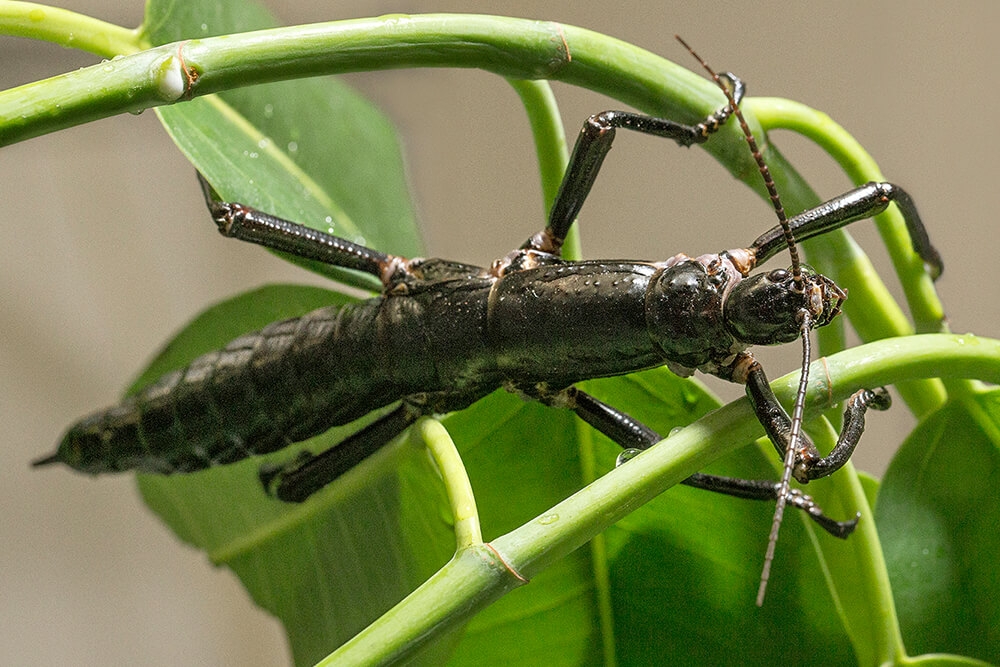 |
| Photo: animals.sandiegozoo.org |
| All stick insects are vulnerable to human encroachment, pesticides, and habitat destruction. The Lord Howe Island stick insect Dryococelus australis is critically endangered. The San Diego Zoo is working closely with the Melbourne Zoo to establish a satellite colony. They are being reared off exhibit, and our participation is still in its early stages, but the Melbourne Zoo has been successfully rearing them for several years. |
Follow KnowInsider for more strangest animal around the world!
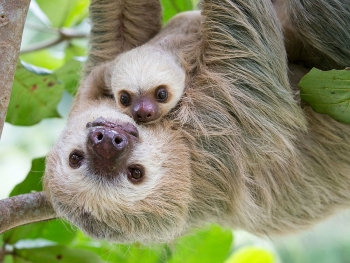 Sloth - One of World's Strangest Animals Sloth - One of World's Strangest Animals Sloths—the sluggish tree-dwellers of Central and South America—spend their lives in the tropical rain forests. Follow the article to know more about one of the ... |
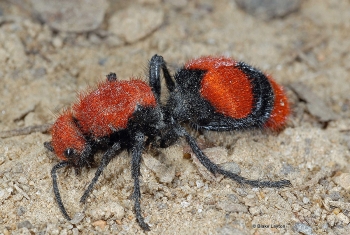 'Cow Killer' Velvet Ant - World's Strangest Animal 'Cow Killer' Velvet Ant - World's Strangest Animal Velvet ant is one of the strangest animals in the world and known for their extremely painful stings, hence the common name 'cow killer' or ... |
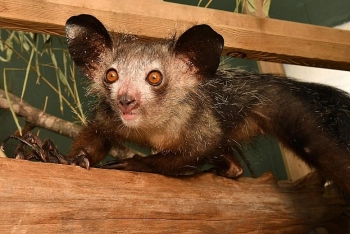 Aye-aye - World's Strangest Animal Aye-aye - World's Strangest Animal The aye-aye (Daubentonia madagascariensis) is a long-fingered lemur listed as the world's largest nocturnal primate. It is native to Madagascar with rodent-like teeth that perpetually ... |



